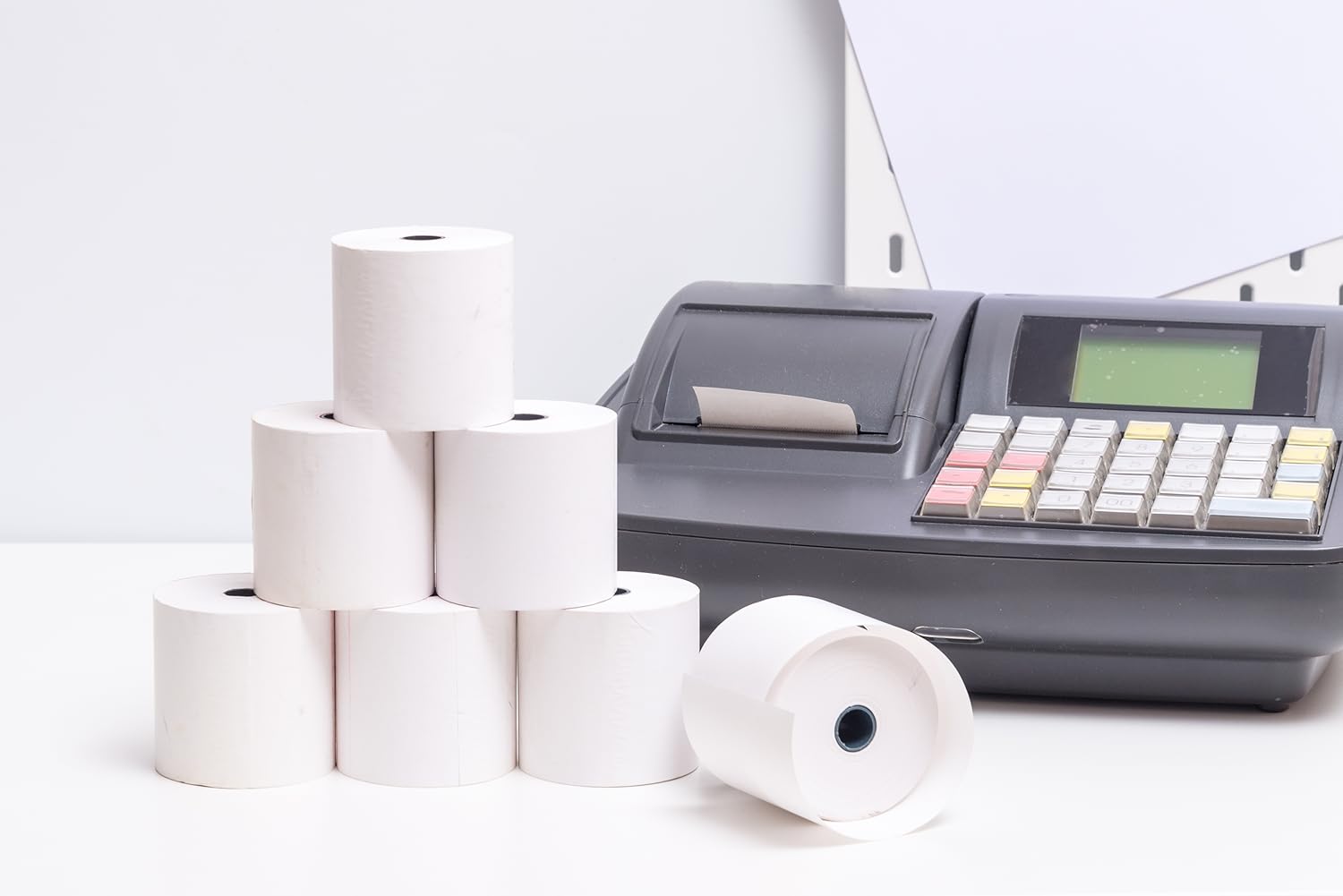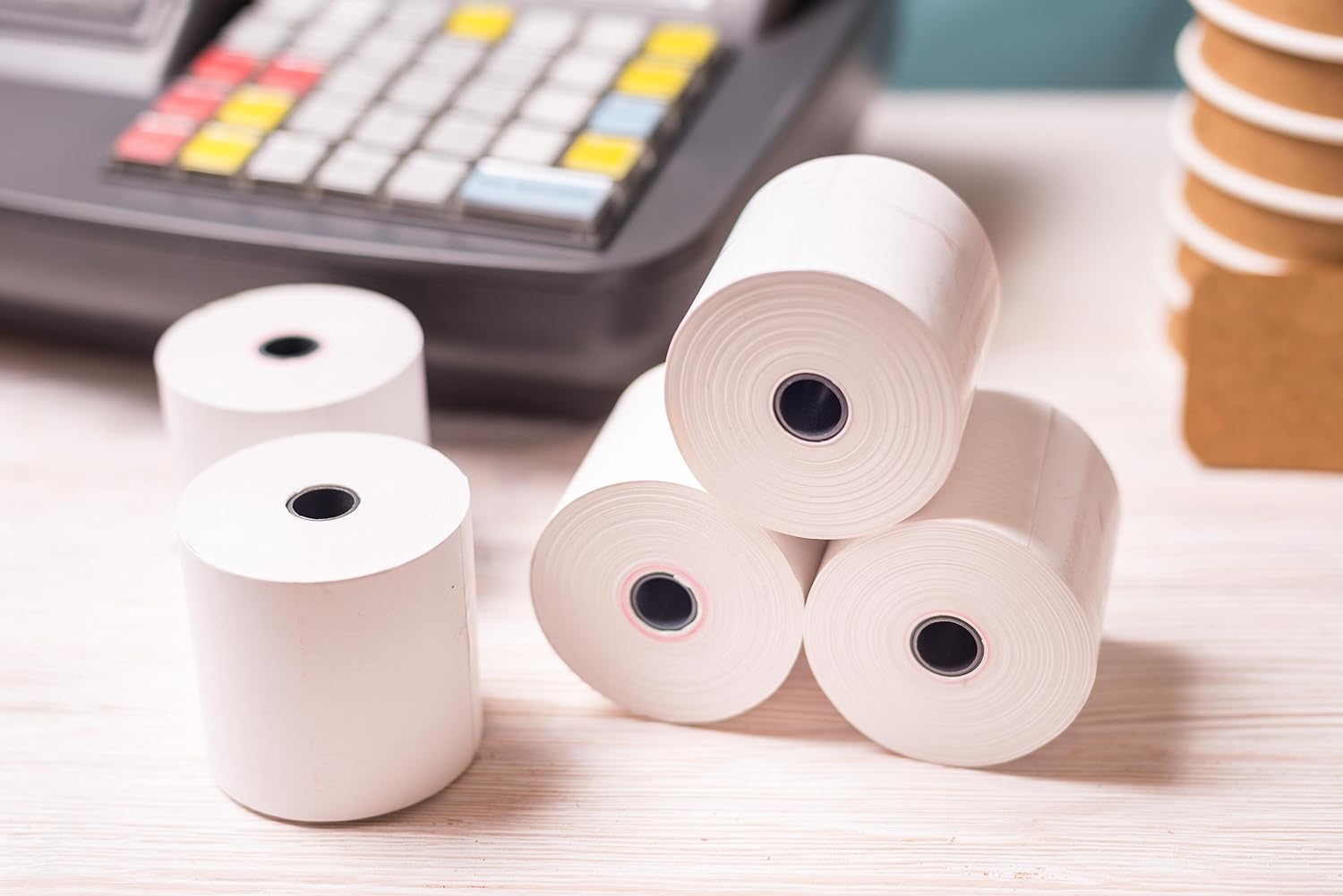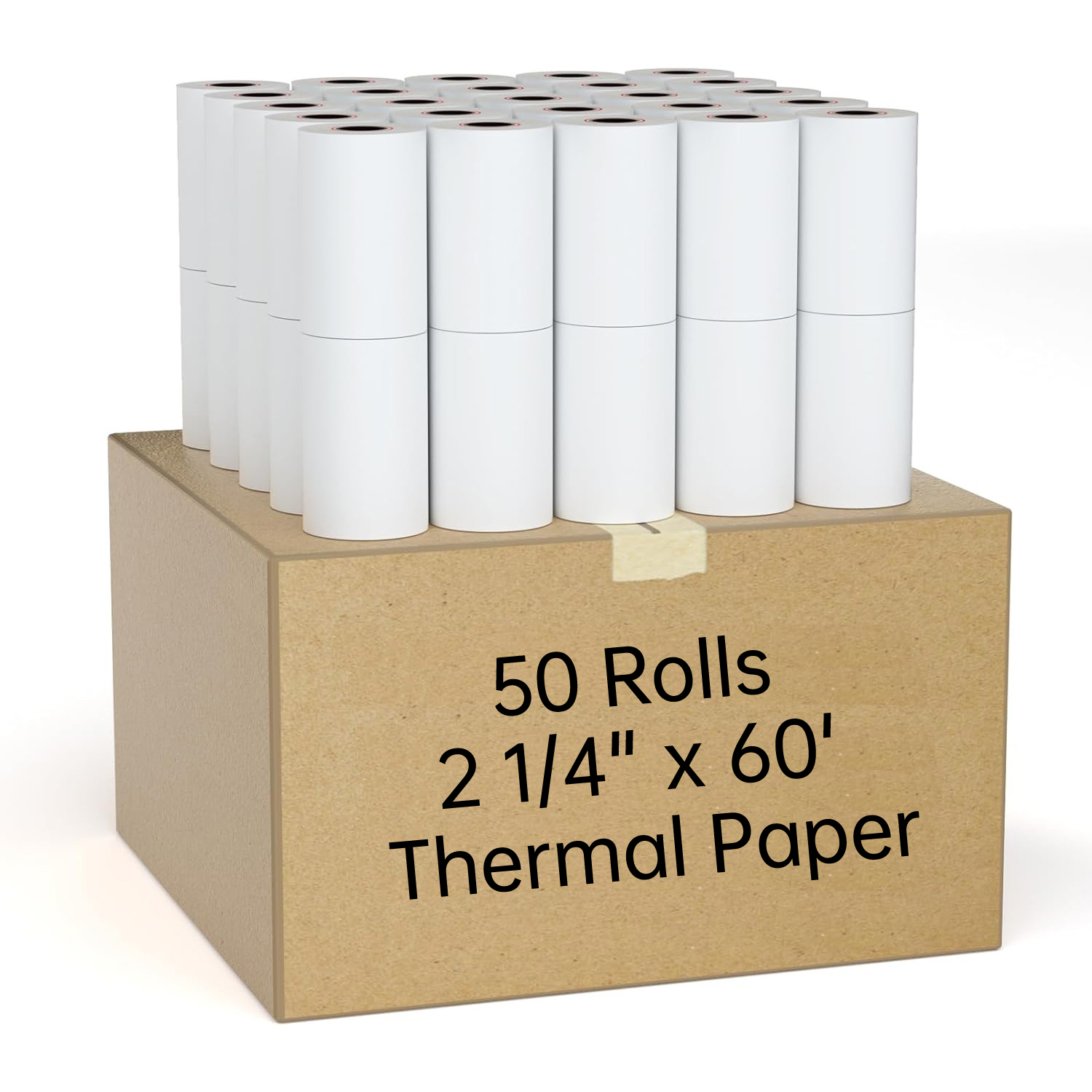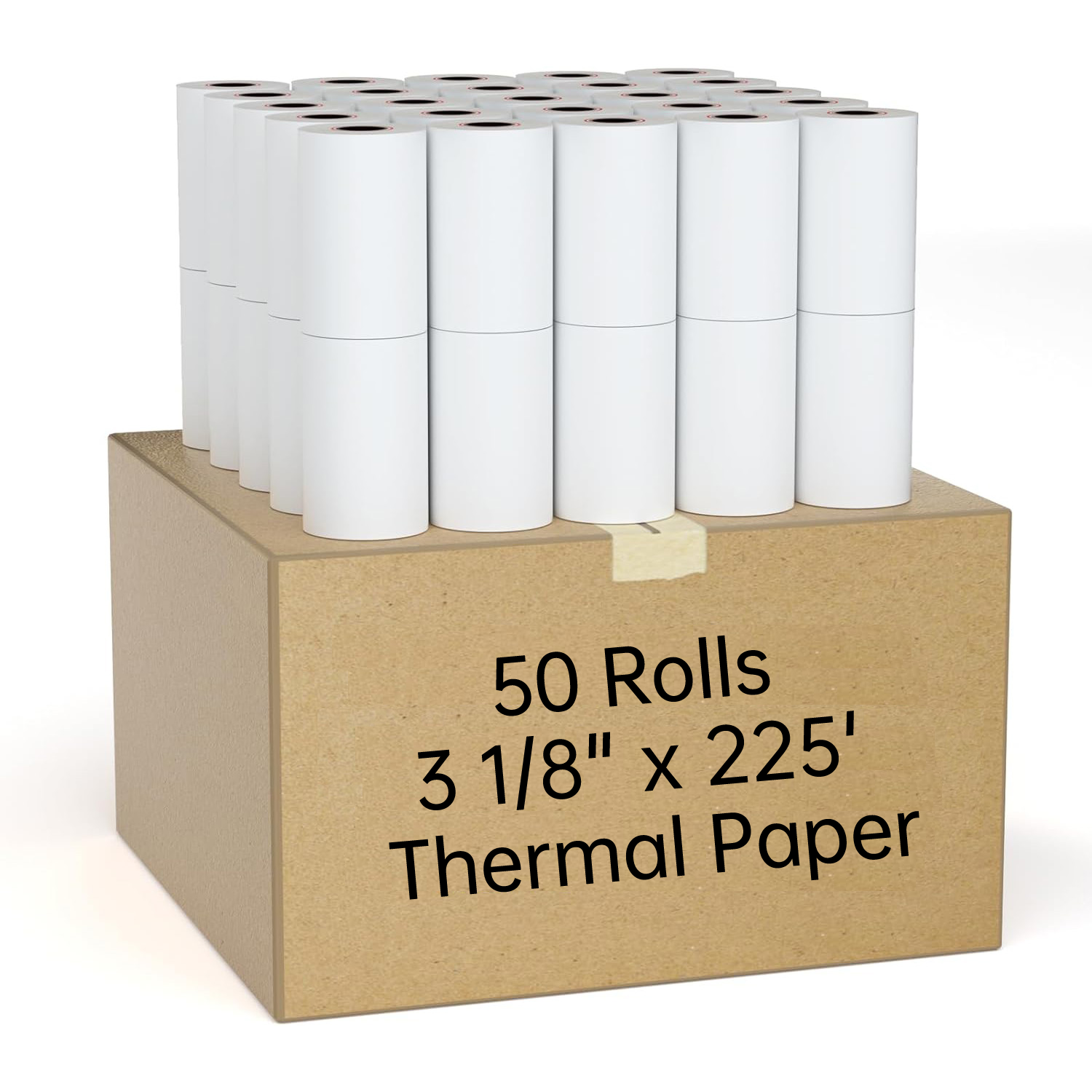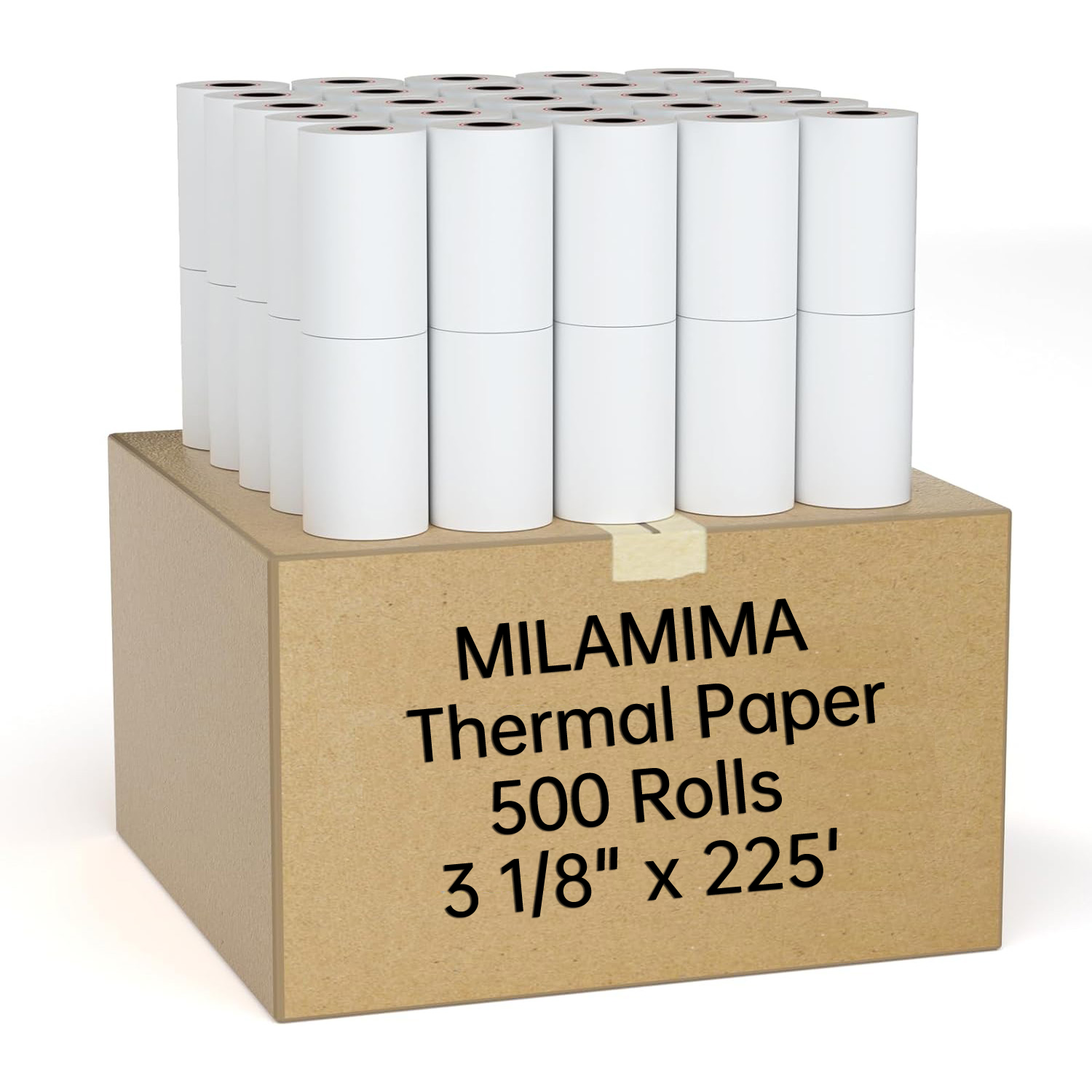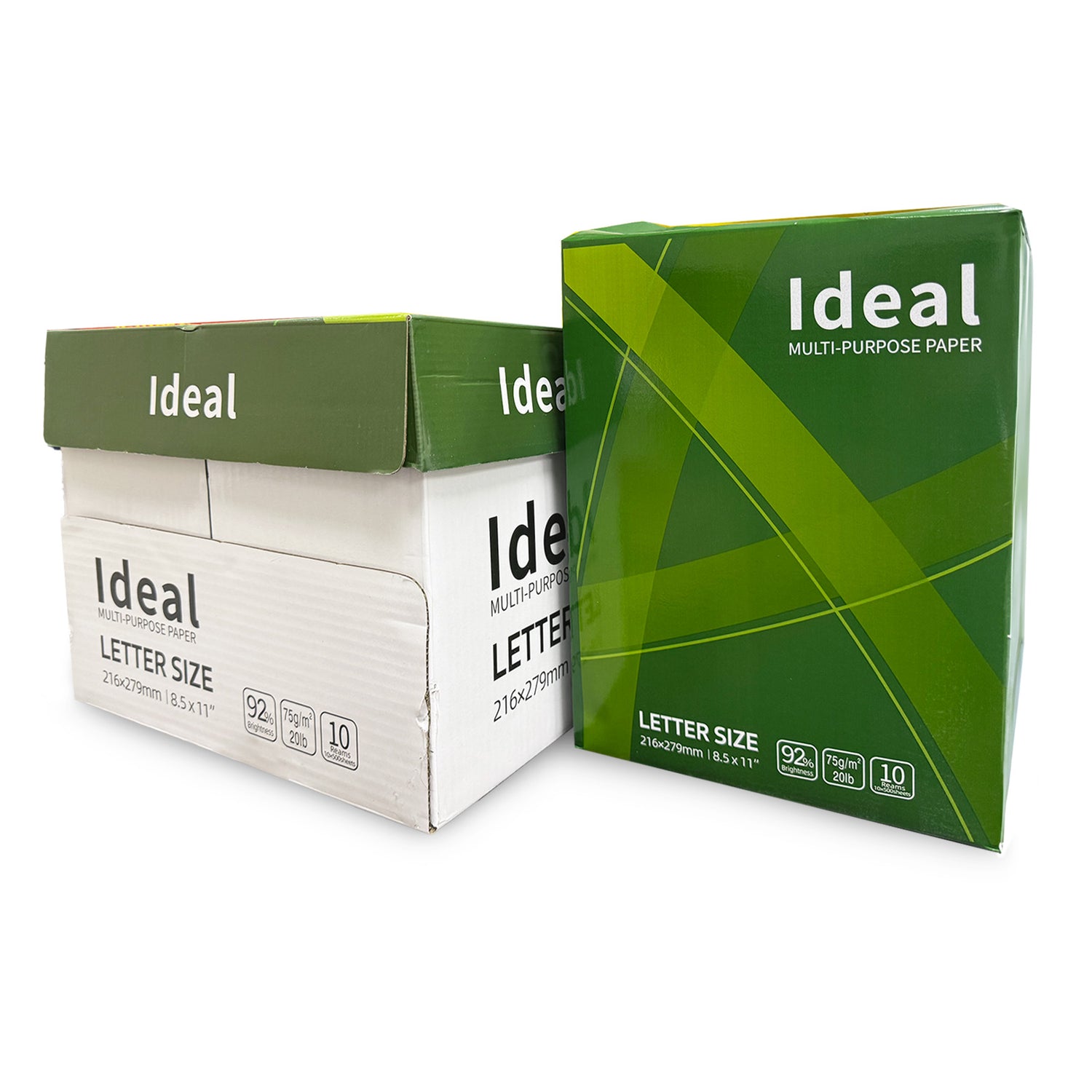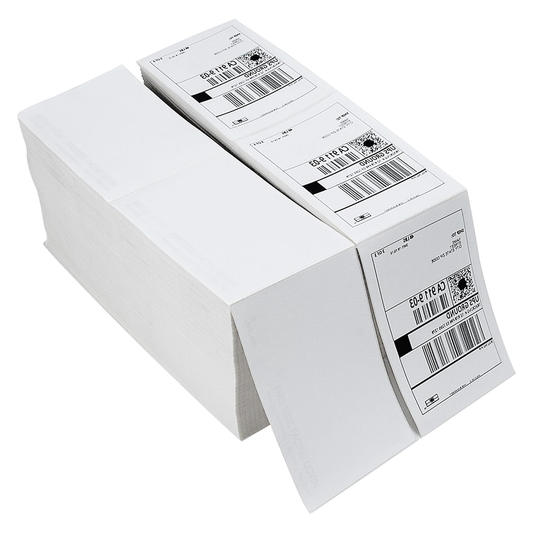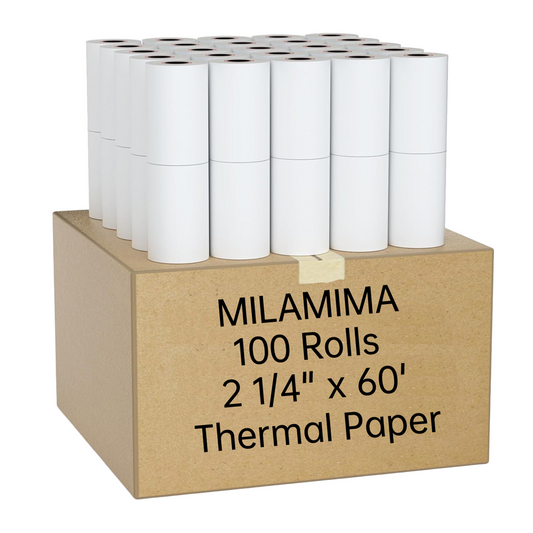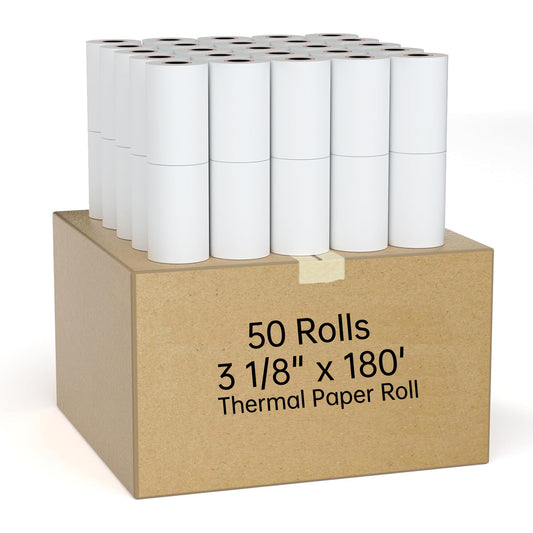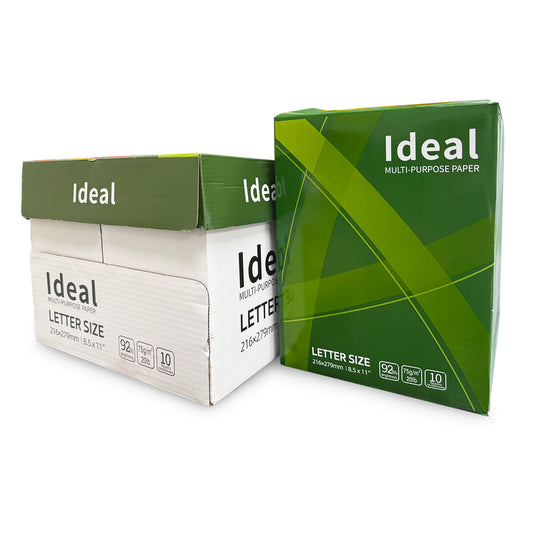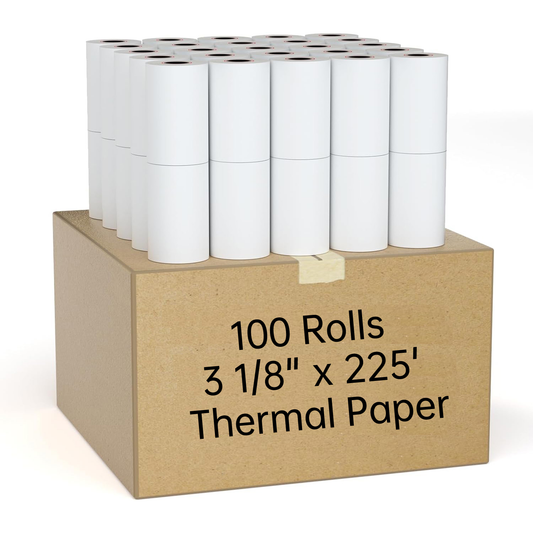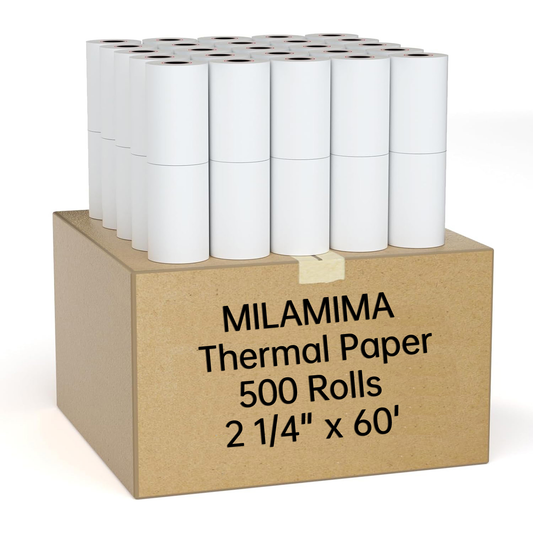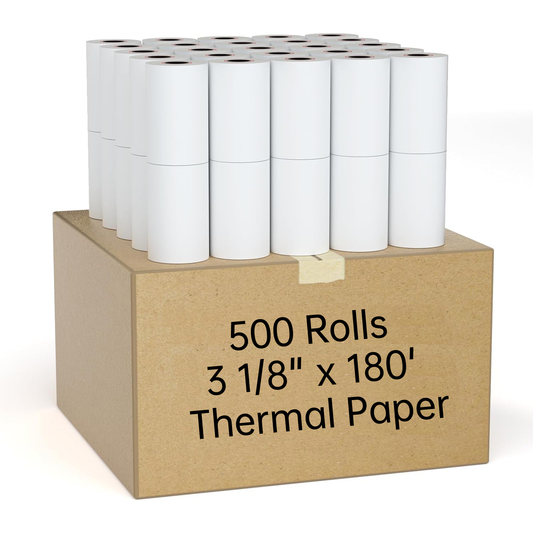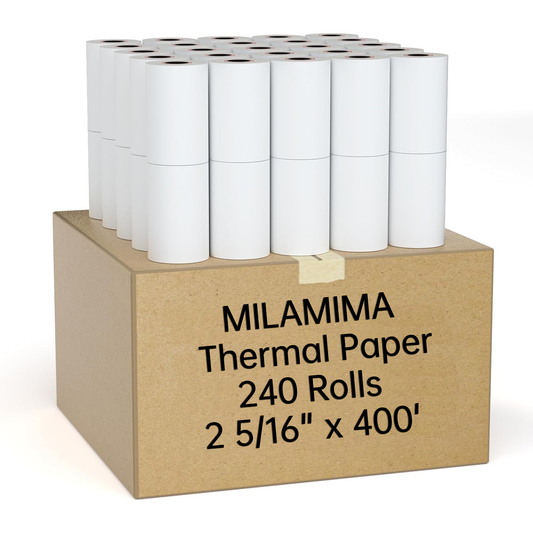Introduction
Binoculars serve various purposes, from birdwatching to stargazing, hunting to hiking. However, understanding binocular ratings can be confusing for beginners. In this guide, we'll demystify the numbers and terminology associated with binoculars, empowering you to make an informed decision when purchasing your next pair.
1. Magnification (e.g., 8x, 10x)
The first number in a binocular's rating represents its magnification power. For instance, an 8x magnification means an object will appear eight times closer than it does to the naked eye. Higher magnification isn't always better, as it can lead to shakier images and narrower fields of view.
2. Objective Lens Diameter (e.g., 42mm, 50mm)
The second number in the rating indicates the diameter of the objective lenses in millimeters. Larger objective lenses gather more light, resulting in brighter images, especially in low-light conditions. However, they also make binoculars heavier and bulkier.
3. Field of View
Field of view (FOV) refers to the width of the area visible through the binoculars at a specific distance. A wider FOV allows you to observe more of the surrounding area, making it easier to track moving objects or birds in flight.
4. Exit Pupil
The exit pupil is the diameter of the shaft of light exiting the eyepiece. To calculate the exit pupil, divide the objective lens diameter by the magnification. A larger exit pupil is beneficial in low-light conditions, ensuring brighter images.
5. Eye Relief
Eye relief is the distance between the eyepiece and your eye when the entire field of view is visible. It's crucial, especially for eyeglass wearers, as sufficient eye relief prevents vignetting and ensures a comfortable viewing experience.
6. Prism Type (Porro vs. Roof)
Binoculars employ either Porro or roof prisms to correct the inverted image produced by the objective lenses. Porro prism binoculars typically offer better depth perception and a wider field of view, while roof prism binoculars are more compact and durable.
Conclusion
Understanding binocular ratings is essential for selecting the right pair to suit your needs. Consider factors like magnification, objective lens diameter, field of view, exit pupil, eye relief, and prism type when making your decision. Whether you're birdwatching, hunting, or stargazing, choosing the perfect binoculars will enhance your outdoor experiences.
Armed with this knowledge, you're now ready to embark on your binocular-buying journey with confidence!

